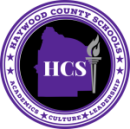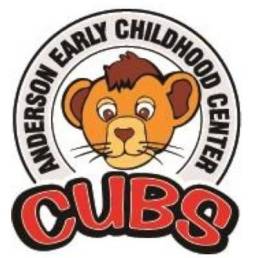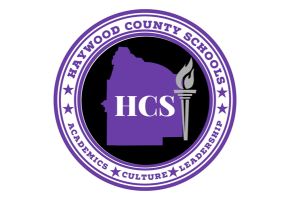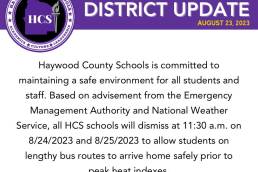AECC – Data Dive
Throughout the school year, students at each school in Haywood County Schools are assessed three times in order to gauge where each individual student is on their personal learning journey. These assessments allow teachers to monitor student learning progress while also gaining insight into what specific areas of a subject a student could use extra support.
While teachers, schools, and districts are measured mostly on TNReady data, the benchmark assessments given throughout the year provide a more accurate view at the learning taking place in the classroom. The assessments used to measure learning in each school in HCS are the AimsWeb assessments in Reading and Math and the IReady assessments in the same subjects. The AimsWeb assessment is given in grades K-10. The IReady assessment is given in grades K-8.
The AimsWeb assessments in Reading and Math measure basic skills in each subject. Basic skills include reading comprehension and fluency and making calculations of measurements, sizes, and amounts. AimsWeb is an assessment that is used to monitor progress and ensure the majority of our students at each grade level are working toward basic grade level skills in each subject.
The IReady assessment measures student progress in relation to state academic standards. This assessment is not always reflective of the basic skills of students in Reading and Math, but shows how well students understand the standards being taught. State standards are created in order to push the students to think at a deeper level beyond the basic skill levels of a subject. These tests combine test taking skills with in-depth knowledge of each subject. This assessment is more closely aligned with the year-end TNReady standardized tests given each spring.
Over the next two weeks, HCS will be sharing grade level data from each school that shows the results from AimsWeb, IReady, and the TNReady assessments. The TNReady assessment is given in grades 3-8.
At the beginning of the year, each school sets a goal based on the fall benchmark assessments in both AimsWeb and IReady. In the horizontal graphs below, results from the fall, winter, and spring benchmark assessments will be shown and compared with the goals set for each school
Our first school to spotlight in this series is Anderson Early Childhood Center (AECC). Throughout the year during school level leadership team meetings, data is presented to show the progress that students are making in Reading and Math. Each time the AECC leadership team presented their data during the 2021-2022 school year, the growth was astounding. Below, the horizontal graphs will show where the students at AECC began in the fall and where they finished in the spring in the subjects of Reading and Math. Below each graph will be a summary of the growth that occurred.
AECC Kindergarten AimsWeb Data
AimsWeb uses a three tiered system to measure student progress and provide information regarding where students are on their learning paths. While we want all students to be in Tier 1, a more realistic goal (especially coming on the heels of two fractured years of in-person learning) is to see substantial growth in our collective group of Tier 1 students. The tiers are described below:
Tier 1 = Low Risk (about 75%–95% of students in this group will meet the target): Students are on track to meet the end-of-year target and are least likely to need intervention. These students should continue to receive the general instructional program. Typically, the majority of students fall into this category.
Tier 2 = Moderate Risk (about 25%–65% of students in this group will not meet the target): Students are not on track and have a moderate risk of not meeting the end-of-year target. These students require some type of intervention, often taking the form of supplemental small group instruction.
Tier 3 = High Risk (about 50%–90% of students in this group will not meet the target): Students are not on track and are typically well-below grade level. These students have a high risk of not meeting the end-of-year target without intensive, individualized instructional intervention.
Reading – Kindergarten
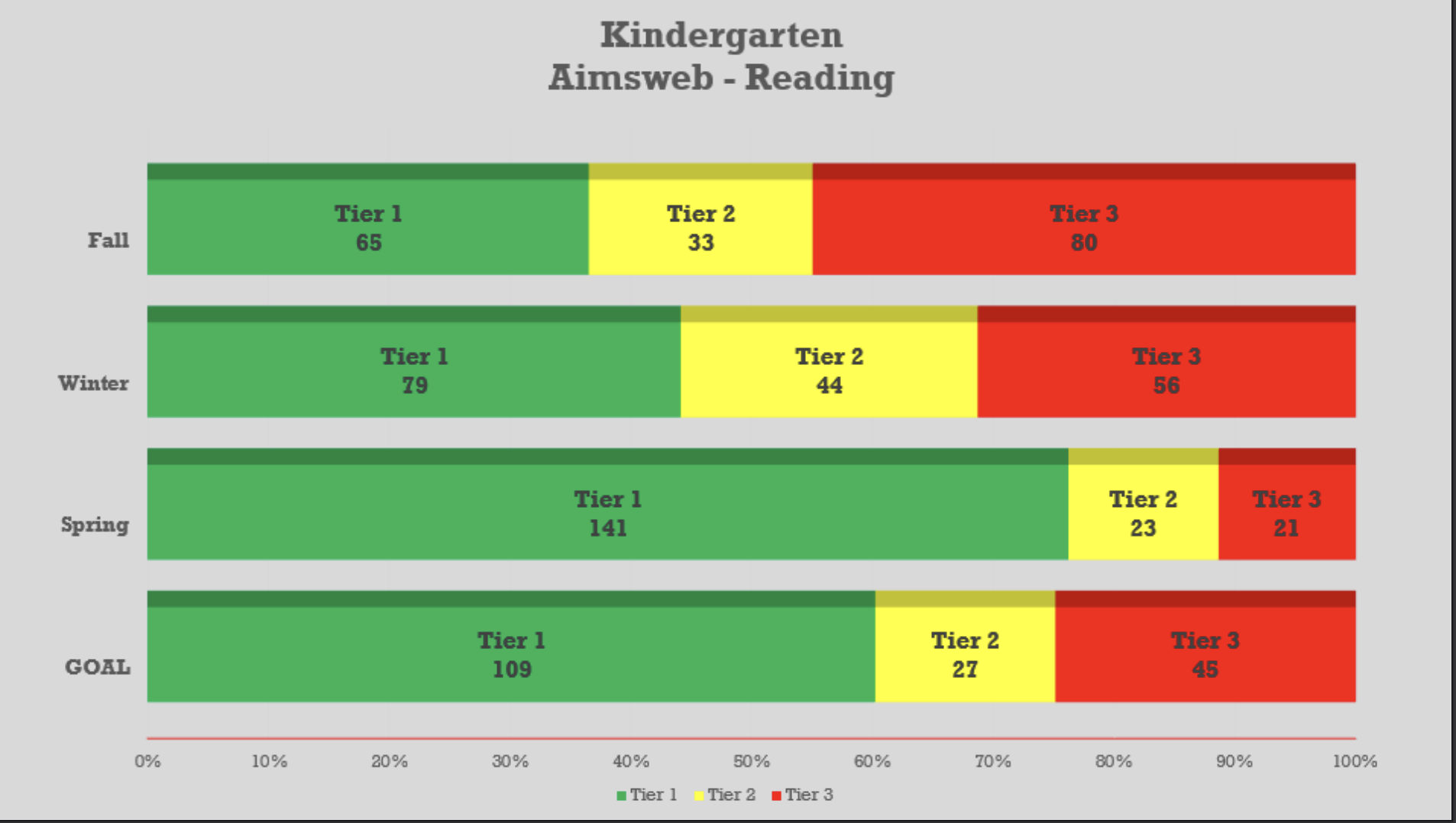
At the beginning of the year, AECC had only 65 students in Tier 1 reading, but more than doubled that number by the end of the year and surpassed their goal by 32 students. Nearly 80% of kindergarten students at AECC were reading on a Tier 1 level by the end of the year.
More importantly, AECC decreased their amount of Tier 3 students in kindergarten Reading by nearly 40%. By the end of the year only 10% of kindergarten students were in need of intensive reading intervention. At the beginning of the year, nearly half of all kindergarten students were Tier 3. That’s tremendous growth!
Nearly 80% of kindergarten students at AECC were reading on a Tier 1 level by the end of the year and decreased their amount of Tier 3 students in kindergarten Reading by nearly 40%.
Math – Kindergarten
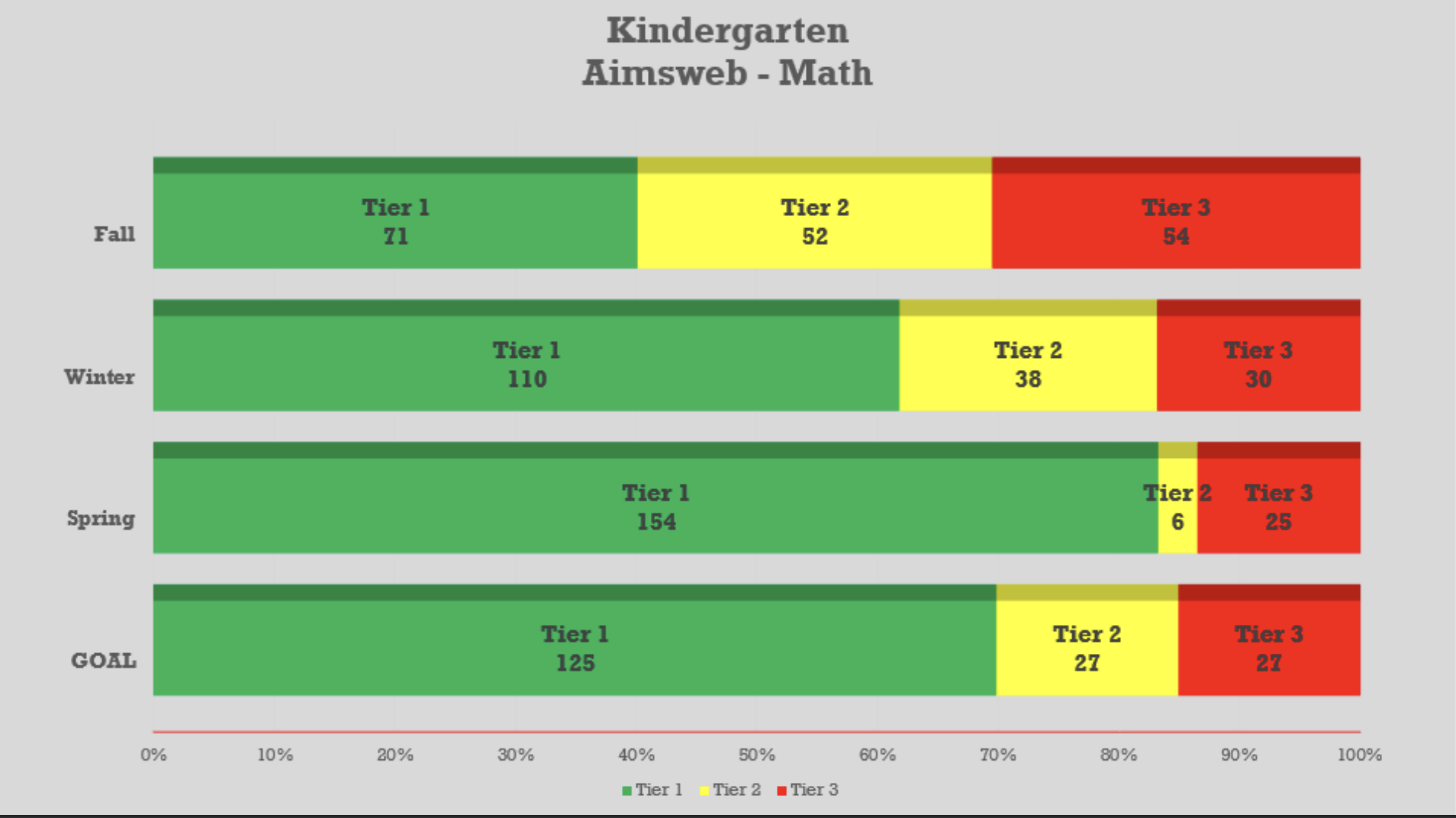
Based on 71 students in Tier 1 Math at the beginning of the year, AECC set a goal of moving 54 students to Tier 1 by the end of the year for a total goal of 125. They surpassed that goal and finished with 154 students in Tier 1 Math; that’s nearly 85% of the kindergarten students on or above grade level in Math!
Nearly 85% of the Kindergarten students were on or above grade level in Math at AECC.
AECC IReady Kindergarten Data
IReady data is broken down into five sub-groups and is an assessment that compares well with the TNReady assessment based on the style of questions that are asked. Here is how the scoring is broken down:
Mid/Above grade level: this group is made up of students who are proficient or mastering the grade level educational standards being taught.
Early on grade level: this group is made up of students who are on track to mastery or proficiency of the grade level subject being taught.
1 grade below: this group of students is one grade behind their current grade level as it pertains to the standard being taught.
2 grades below: this group of students is two grades behind their current grade level as it pertains to the standard being taught.
3 grades below: this group of students is three grades or more behind their current grade level as it pertains to the standard being taught.
*Because there are not two grades below the Kindergarten grade level, the IReady data below will only have three sub-groups.
Reading – Kindergarten
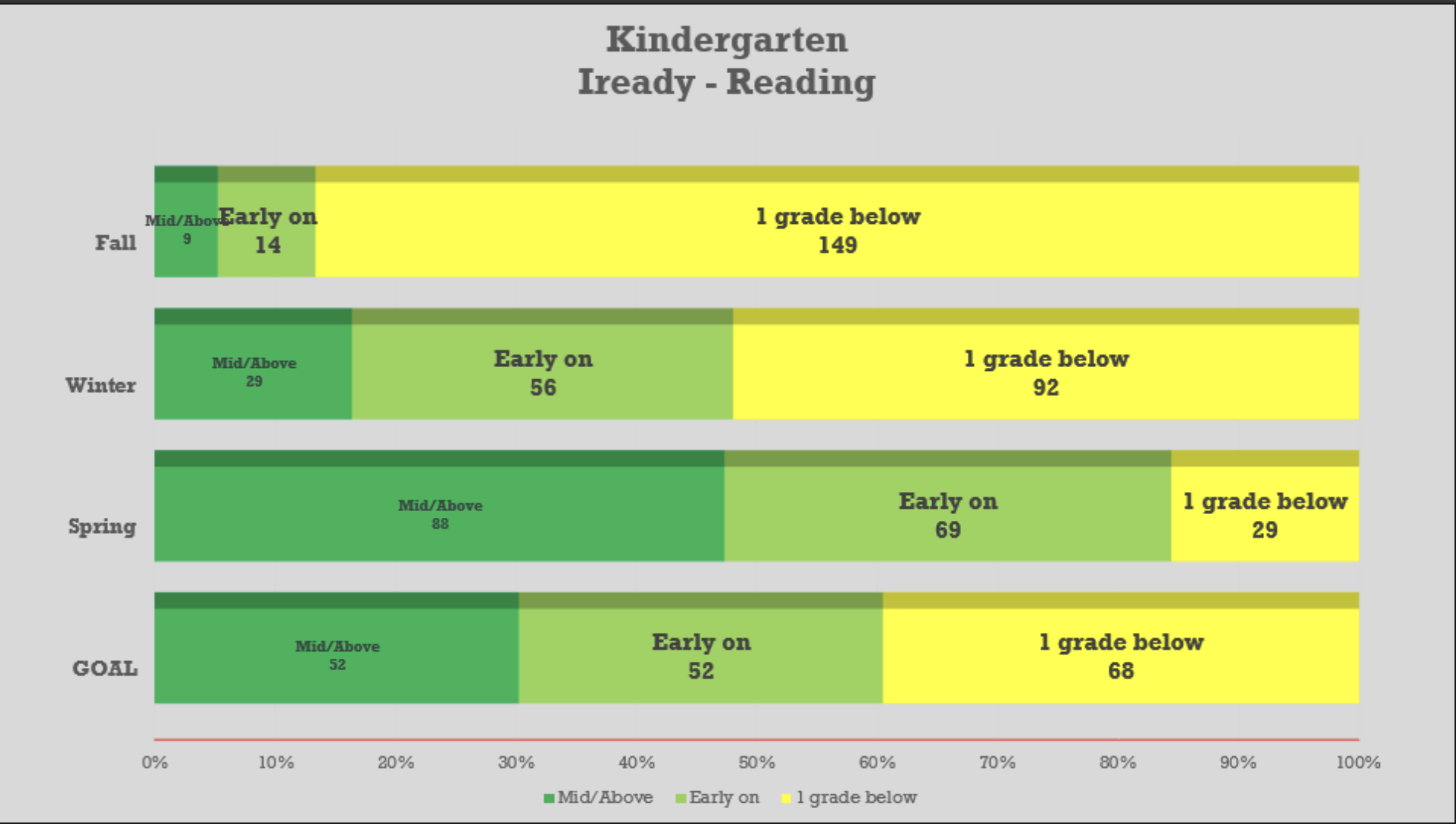
At the beginning of the school year, only 23 Kindergarteners were on or above grade level in IReady Reading. By the end of the year, 157 students were on or above grade level in Iready Reading! In percentages, AECC had only 15% of their kindergarten students on or above grade level at the beginning of the year, but finished with 85% of their students on or above grade level! They easily surpassed their goal of having 60% of their students on or above grade level in IReady Reading.
AECC had only 15% of their kindergarten students on or above grade level at the beginning of the year, but finished with 85% of their students on or above grade level!
More importantly, AECC shrank their number of students below grade level in Reading from 149 to only 29! That means 120 students improved and were reading on or above grade level by the end of the year!
Math – Kindergarten
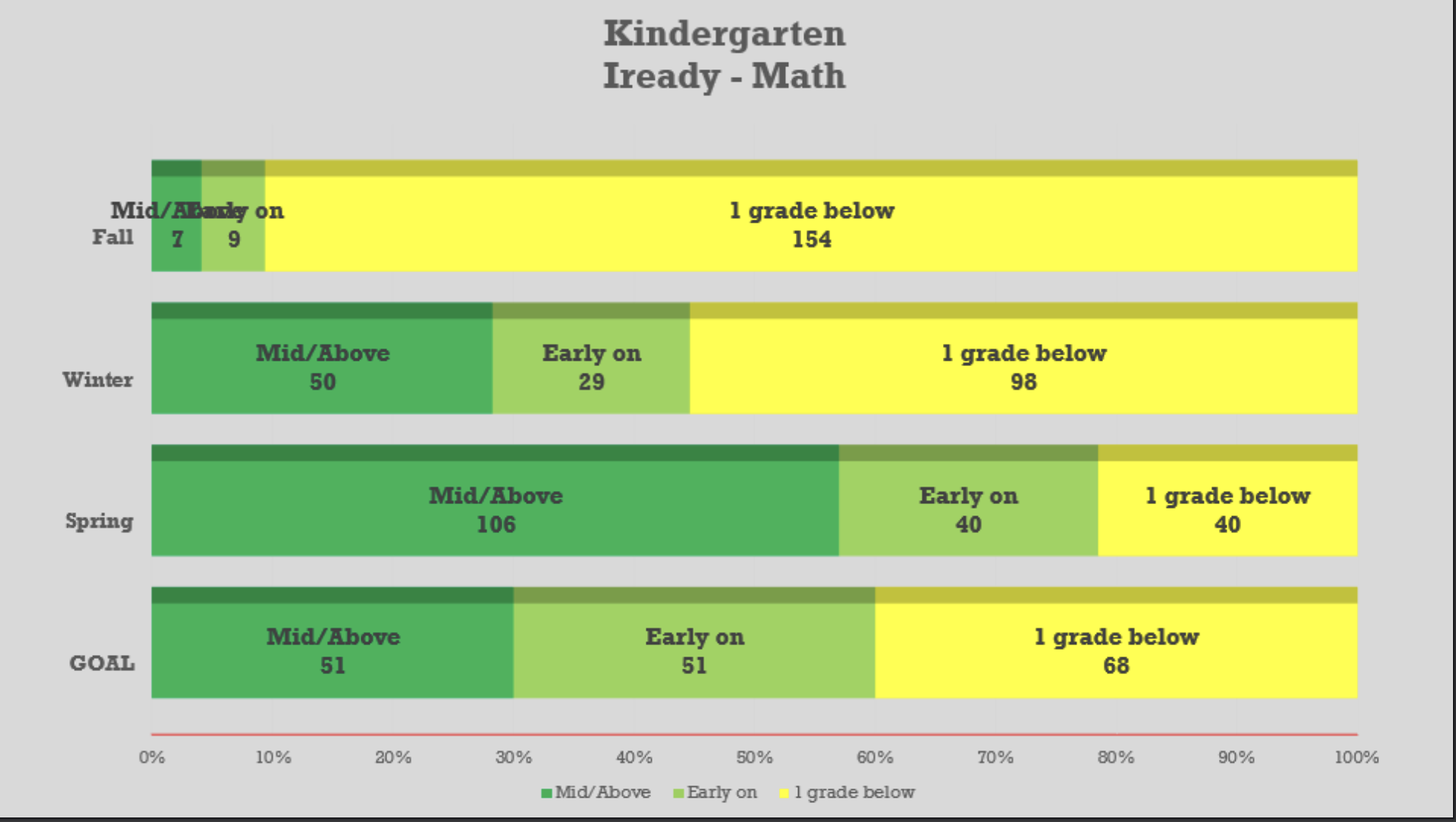
After the first IReady Math assessment, only 13 AECC kindergarten students were on or above grade level. A goal of increasing 11 to 102 students seemed audacious. Not only did AECC students meet that goal, but they surpassed it by finishing the year with 146 students on or above grade level in Math. That’s an increase of 135 students!! It raised the percentage of students on or above grade level from 10% to an astounding 80%!
Not only did AECC students meet that goal, but they surpassed it by finishing the year with 146 students on or above grade level in Math.
AECC students who were below grade level at the beginning of the year totaled 154 students. By the end of the year, that number was only 40. 114 students improved their skills in Math to reach grade level or higher! What an accomplishment for our teachers and students at AECC!
So much learning took place at AECC this school year. The implementation of The Reader/Writer Project no doubt helped tremendously, and the teachers and staff fully bought into the vision set by Principal Chris Haliburton and his team at Anderson.
The importance of a solid, educational foundation is built in Pre-K and Kindergarten, and the faculty and staff at Anderson are building one for our students that will prepare them for the greatest amount of success on their educational journey.
Related Posts
August 24, 2023
District Update – Early Release (8/24 and 8/25)
Attention HCS Families - All HCS schools will dismiss at 11:30 a.m. on…
August 9, 2023
ESSER 3.0 Stakeholder Survey
Haywood County Schools is requesting stakeholder feedback on how the district…
